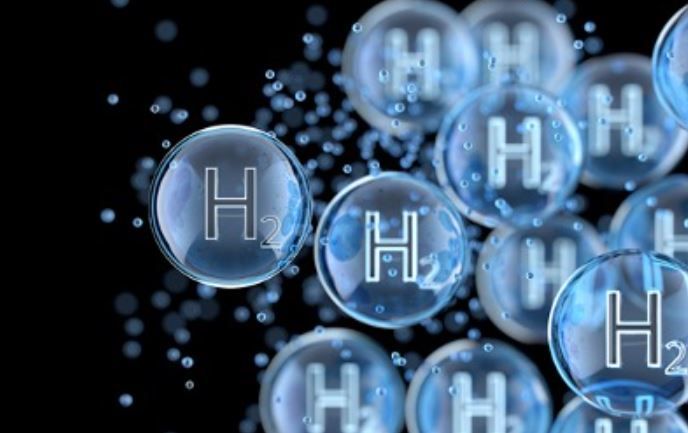Global hydrogen demand climbed to nearly 100 million tonnes in 2024, up 2% year on year, underscoring the fuel’s entrenched role in refining and heavy industry.
Yet most of that demand is still met by unabated fossil-based supply, according to the International Energy Agency’s (IEA) Global Hydrogen Review 2025, released on 12 September. The report finds that low-emissions hydrogen is progressing, but at a slower pace than anticipated when a surge of announcements reshaped the sector earlier this decade.
The IEA’s analysis shows the pipeline for low-emissions hydrogen projects has contracted, with announced capacity for 2030 revised down to 37 million tonnes per year, compared with 49 million tonnes estimated a year ago. Economic pressures—including higher electrolyser prices and falling natural gas costs—have widened the gap between clean and conventional hydrogen, delaying investment decisions. Nevertheless, facilities that are operational, under construction, or at final investment decision are on track to exceed 4 million tonnes annually by 2030, more than five times 2024’s level. A further 6 million tonnes could materialize if governments put firmer demand-side policies in place.
China continues to dominate electrolyser deployment, accounting for 65% of installed or committed global capacity and nearly 60% of manufacturing output. However, the report warns of potential oversupply: Chinese factories can build over 20 GW of electrolysers annually, far above current market absorption, and export costs narrow much of the price advantage once assumed for Chinese equipment. Manufacturers elsewhere, meanwhile, face cost inflation and sluggish order books.
Infrastructure remains another choke point. The IEA highlights shipping as an early proving ground for hydrogen-based fuels, with 80 ports worldwide already experienced in chemical handling and often close to prospective production hubs. But to translate that readiness into adoption, ports need upgrades for bunkering and storage, alongside technology rollouts across vessel classes.
A special focus on Southeast Asia illustrates the challenge of translating ambition into steel and concrete. Announced projects there could deliver 430,000 tonnes of low-emissions hydrogen per year by 2030, a dramatic increase from today’s 3,000 tonnes, but most schemes are still in preliminary stages. Scaling will require faster renewable deployment, supportive regulation, and pilot programs to build technical expertise.
Despite current turbulence, the IEA sees a clear pathway for expansion if policymakers maintain support schemes and accelerate infrastructure build-out. Without such measures, the sector risks undershooting the production volumes needed to anchor hydrogen in decarbonization strategies by the end of the decade.
Stay updated on the latest in energy! Follow us on LinkedIn, Facebook, and X for real-time news and insights. Don’t miss out on exclusive interviews and webinars—subscribe to our YouTube channel today! Join our community and be part of the conversation shaping the future of energy.
